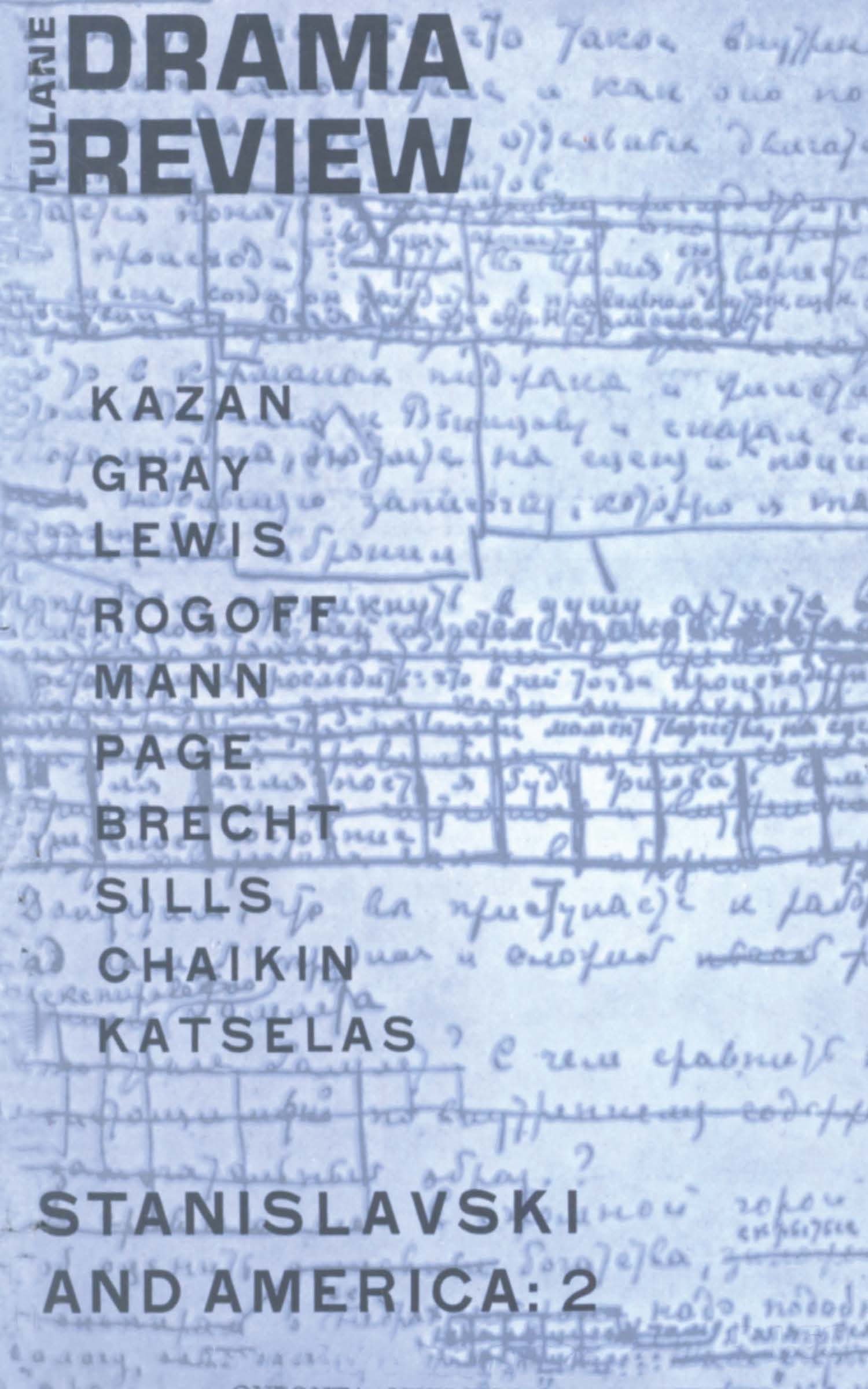No CrossRef data available.
Article contents
The Drama Is Coming Now
Published online by Cambridge University Press: 14 February 2022
Extract
The spirit of an age is known to reveal itself in everything that the age conspires to say about its engagements with itself. We have spoken about ourselves, which really means that we have spoken to ourselves, more characteristically, more obliquely, more problematically, in painting and sculpture than in the other arts. Here our dialogue has been driven by a greater underground fury, frustration in apparent freedom; here we find the aggressive jest and the sense of exhausted yet tenacious conventions still to be overcome. The novel and the film are only occasionally used for their proper purposes, and when they are they approach the graphic arts and become our autobiography. The rest is noise. It used to be that the other arts aspired towards the condition of music, but it is more nearly true to say that they now wish to reach the condition of painting and sculpture.
- Type
- Research Article
- Information
- Copyright
- Copyright © 1963 The Tulane Drama Review
References
1 Robert Brustein, “Ibsen and Revolt,” and “Male and Female in August Strindberg,” TDR, Fall, 1962 and Winter, 1963.
2 Even when the modern writer does go into psychological or social milieus, he is not returning to what we understand by “naturalism.” The revolutionary and metaphysical impetus which is at the heart of modern drama works against verisimilitude and imitation. Pirandello's urban jousters with appearance, Giraudoux's mythic debaters, Genet's Algerian rebels, and even Ionesco's bourgeois heroes will not be found in the house next door.


